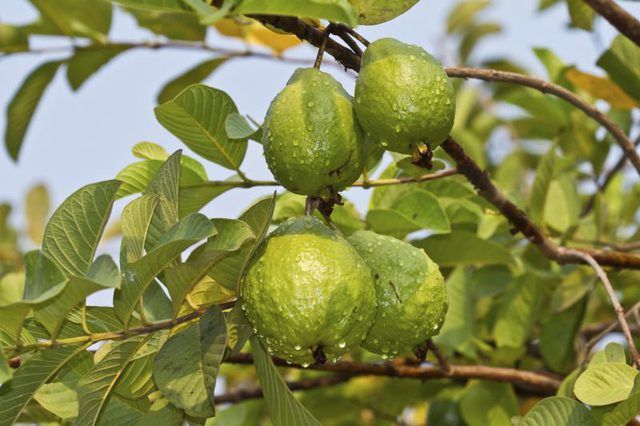Bulbs
Flower Basics
Flower Beds & Specialty Gardens
Flower Garden
Garden Furniture
Garden Gnomes
Garden Seeds
Garden Sheds
Garden Statues
Garden Tools & Supplies
Gardening Basics
Green & Organic
Groundcovers & Vines
Growing Annuals
Growing Basil
Growing Beans
Growing Berries
Growing Blueberries
Growing Cactus
Growing Corn
Growing Cotton
Growing Edibles
Growing Flowers
Growing Garlic
Growing Grapes
Growing Grass
Growing Herbs
Growing Jasmine
Growing Mint
Growing Mushrooms
Orchids
Growing Peanuts
Growing Perennials
Growing Plants
Growing Rosemary
Growing Roses
Growing Strawberries
Growing Sunflowers
Growing Thyme
Growing Tomatoes
Growing Tulips
Growing Vegetables
Herb Basics
Herb Garden
Indoor Growing
Landscaping Basics
Landscaping Patios
Landscaping Plants
Landscaping Shrubs
Landscaping Trees
Landscaping Walks & Pathways
Lawn Basics
Lawn Maintenance
Lawn Mowers
Lawn Ornaments
Lawn Planting
Lawn Tools
Outdoor Growing
Overall Landscape Planning
Pests, Weeds & Problems
Plant Basics
Rock Garden
Rose Garden
Shrubs
Soil
Specialty Gardens
Trees
Vegetable Garden
Yard Maintenance
How to Grow a Guava Tree
How to Grow a Guava Tree. The guava (Psidium guajava) is a small shade tree grown for its delicious, lemon-size fruit. High in vitamins A and C, the summer fruit is cultivated extensively in subtropical and temperate regions of the world. Hardy in U.S. Department of Agriculture plant hardiness zones 10 through 11, and with winter protection in zone...

The guava (Psidium guajava) is a small shade tree grown for its delicious, lemon-size fruit. High in vitamins A and C, the summer fruit is cultivated extensively in subtropical and temperate regions of the world. Hardy in U.S. Department of Agriculture plant hardiness zones 10 through 11, and with winter protection in zone 9, guava grows up to 30 feet high. The tree delights gardeners world wide with its fruit and shade.
Plant your guava in a sunny, well-drained spot or container in your garden. Do not use plants you have grown from seed; they may never bear fruit. Instead, use a nursery-grown seedling or cutting-grown tree to ensure your guava tree will produce. Not fussy about soil, guavas thrive in heavy clay or light sandy soils. You do not need to prepare the ground extensively before planting your guava tree, but the tree appreciates some organic compost mixed into the soil.
Water your guava tree at least once a week. The trees resist drought, but abundant fruit requires generous watering. During periods of drought, water guava tree at least twice each week. Water thoroughly and deeply when you water. Guava tree grows vigorously and adapts to most conditions, provided it is not exposed to cold other than occasional light frosts. In the cooler range of its growing zones, a sheltered location is best. Temperatures below 29 degrees Fahrenheit will seriously damage or kill guava trees.
Prune the main shoot of your guava tree when it reaches 4 to 5 feet tall. This encourages lateral branches, which bear the fruit. Use sharp bypass pruners, and sterilize the blades with household disinfectant before and after your pruning session to prevent the spread of disease. Remove all suckers that emerge from the ground or low on the trunk; they steal nutrients from the main branches. If lateral branches sag under the weight of fruit, support them with canes or wire. After fruiting is over, prune guava tree to maintain its shape and height. The next fruit crop is produced on new growth.
Monitor your guava tree for signs of fungal disease such as brown leaf spots or leaf drop. Guava leaves are susceptible to fungal attack by anthracnose and other fungi. If fungus attacks your guava tree, treat the foliage with an antifungal spray containing 30 percent copper. Mix 1 tablespoon liquid cooper spray per 1 gallon of water. Apply just before flowering, and repeat on a weekly schedule until just before harvest. Wear gloves and protective eyewear when mixing and spraying. Guava fruit can be damaged and destroyed by the maggots of the Caribbean fruit fly. If you live in a susceptible area, cover guava fruit with paper bags before they begin to ripen to keep the flies from laying their eggs.
Fertilize young guava trees every one to two months during their first year. Use a 10-10-10 fertilizer containing 4 to 6 percent magnesium, and apply at a rate of 1/4 pound of fertilizer per tree, per application. In subsequent years, apply at a rate of 1 pound per tree three to four times through the year. As the tree increases in size, increase the amount of fertilizer proportionately. Continue to make three to four applications each year, not to exceed a total of 20 pounds of 10-10-10 fertilizer per mature tree each year. Broadcast the fertilizer beneath the tree out to the drip line of the tree's canopy, and water the area thoroughly after the application.
Tips & Warnings
Guava trees are susceptible to iron deficiency under alkaline and high pH soil conditions, and may require extra nutritional treatments.
Consult your local nursery before planting guava trees. The tree can become invasive in warm climates. Some regions restrict its cultivation.